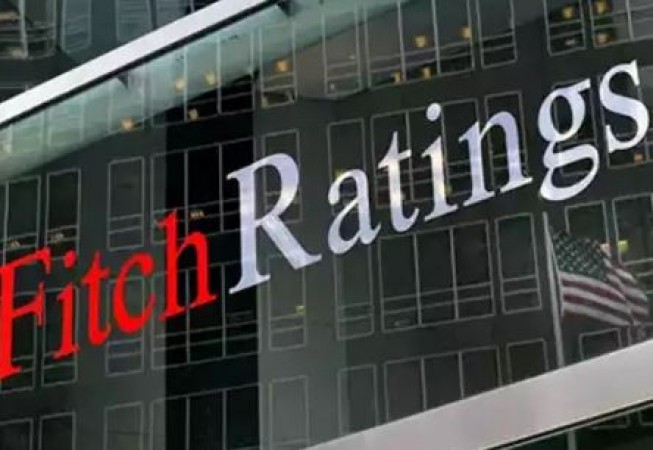
CHENNAI: The Fitch Ratings on Wednesday said that the risk to India's sovereign rating from external pressures is limited. Fitch Ratings stated in its latest assessment that India's external buffers are adequate to mitigate risks related to the US's quick tightening of monetary policy and rising global commodity prices.
While Fitch Ratings expects India's foreign exchange reserves to remain strong and its current account deficit to be kept at a manageable level, "external finances are becoming less of a strength in India's credit profile."
The primary driver of the rating, state finances, according to the credit rating agency, are only somewhat impacted by these events. This is especially true given that India is highly shielded from global volatility given the sovereign's low reliance on external funding.
Between January and September 2022, India's foreign reserves decreased by about $101 billion, but they are still substantial at about $533 billion. The fall includes valuation effects, a growing current-account deficit, and some intervention by the Reserve Bank of India (RBI) to stabilise the Indian rupee's currency rate. It has largely reversed the reserve accumulation that took place during the Covid-19 epidemic. About two-thirds of the reduction have been attributed by the RBI to value impacts.
In September, India's foreign exchange reserves covered nearly 8.9 months' worth of imports, Fitch Ratings said. This is more than it was during the "taper tantrum" in 2013, when it was around 6.5 months, and it gives the government room to use reserves to ease times of external stress, it said.Large reserves may give comfort over the ability to pay off debt. Only around 24% of overall reserves are used to cover short-term external debt owing.
In 2Q22, gross external debt was 18.6% of GDP, which is low when compared to the median of 72% for sovereigns with a "BBB" rating in 2021. Only 4% of GDP is allocated to sovereign exposures, and this is mostly through multilateral funding.
Fewer than 2% of foreign investors own any local government debt, which lowers the risk of market spillovers should they decide to cut back on their exposure, it said. The credit rating agency predicted that India's current-account deficit would increase from 1.2% of GDP in FY22 to 3.4% of GDP in the fiscal year ending in March 2023 (FY23).
The strong local demand growth and high oil and coal costs have caused an increase in imports. In the meantime, export growth has slowed down from the rapid rate witnessed in January through June of 2022 as a result of falls in the prices of agricultural, steel, and iron ore commodities.
The near-term outlook for exports will be hampered by recessions in important US and European export markets. "Nevertheless, we anticipate that the current-account deficit will decrease in FY24, to 2.0% of GDP, as falling energy costs will also reduce imports. Our optimistic view for India's medium-term economic growth should make it easier to finance the deficit, particularly with FDI, "the research mentions.
Fitch Ratings said that the decline in family savings, which sharply increased during the pandemic, is a contributing factor in the growing current account deficit. "However, we anticipate that India's current-account deficit would increase over the next years compared to the years before the pandemic. This is partially due to the fact that, despite rising public capex investment, fiscal deficits continue to be above pre-pandemic levels with only slow contraction "said Fitch Ratings.